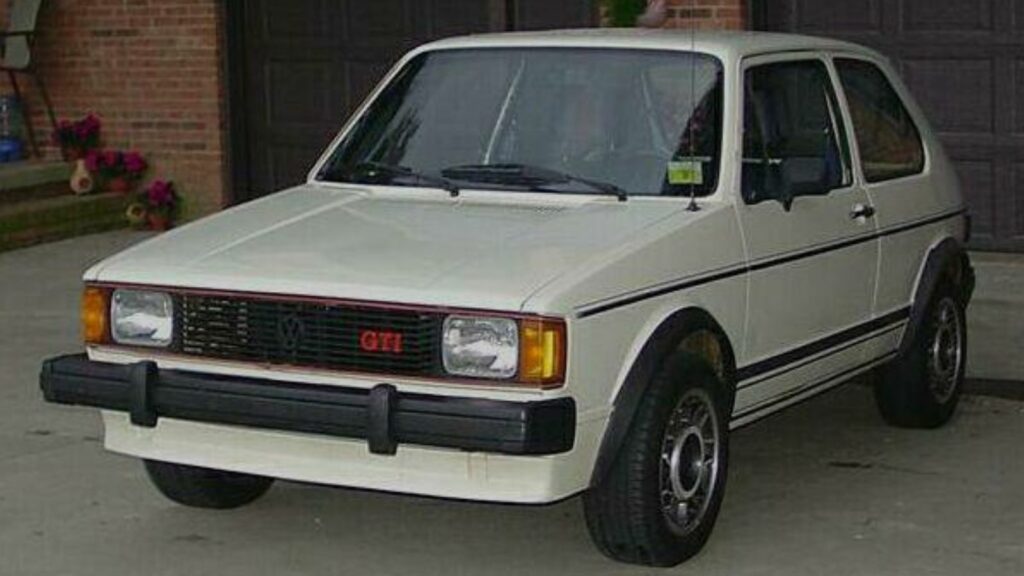The 4 cylinder engine has long been the unsung hero of the automotive world. While big V8s and silky smooth sixes often steal the spotlight, many of the greatest cars ever made have relied on just four pistons to get the job done. Lightweight, compact, efficient, and surprisingly powerful when engineered properly, the 4 cylinder has powered everything from affordable commuters to championship winning rally cars. For Canadians, these engines also mean reasonable fuel economy and easier maintenance—two things that matter when gas is expensive and winters are long. Here are ten of the best 4 cylinder cars ever made, each proving that small displacement can deliver massive character.
Honda Civic Type R (EK9, 1997–2000)
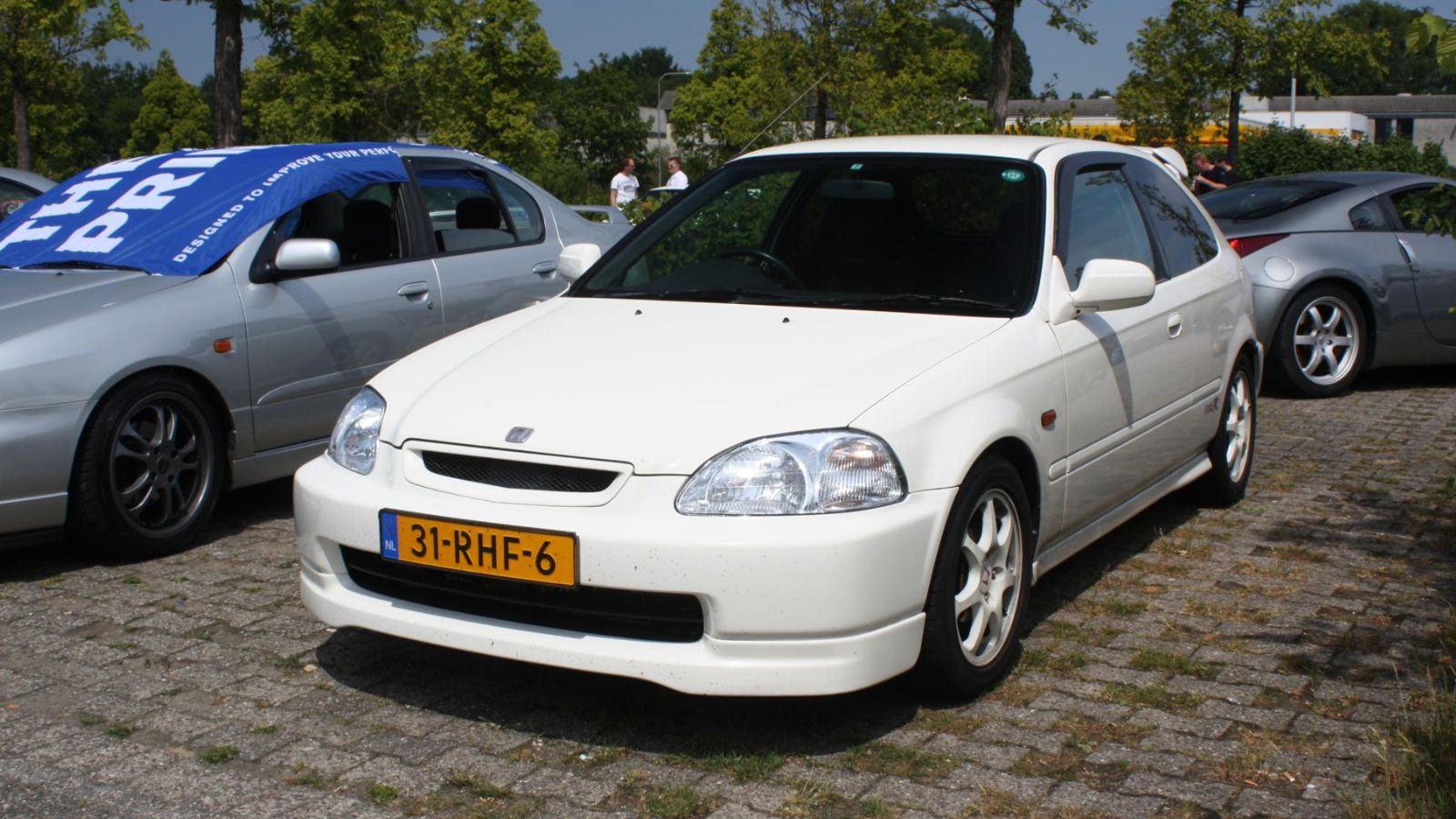
Honda’s first Civic Type R, the EK9, redefined what a high revving 4 cylinder could be. Under the hood sat the B16B 1.6 litre DOHC VTEC engine, producing 182 horsepower at an ear splitting 8,200 rpm. That’s more than 110 horsepower per litre without a turbo—a figure that embarrassed many bigger engines of its time. Its firing order of 1-3-4-2 combined with Honda’s variable valve timing meant screaming top end power while still being reliable enough for daily use. In Canada, where many of these were imported later, the EK9 became an icon among enthusiasts who wanted pure, lightweight driving fun.
Volkswagen Golf GTI (Mk1, 1976–1983)
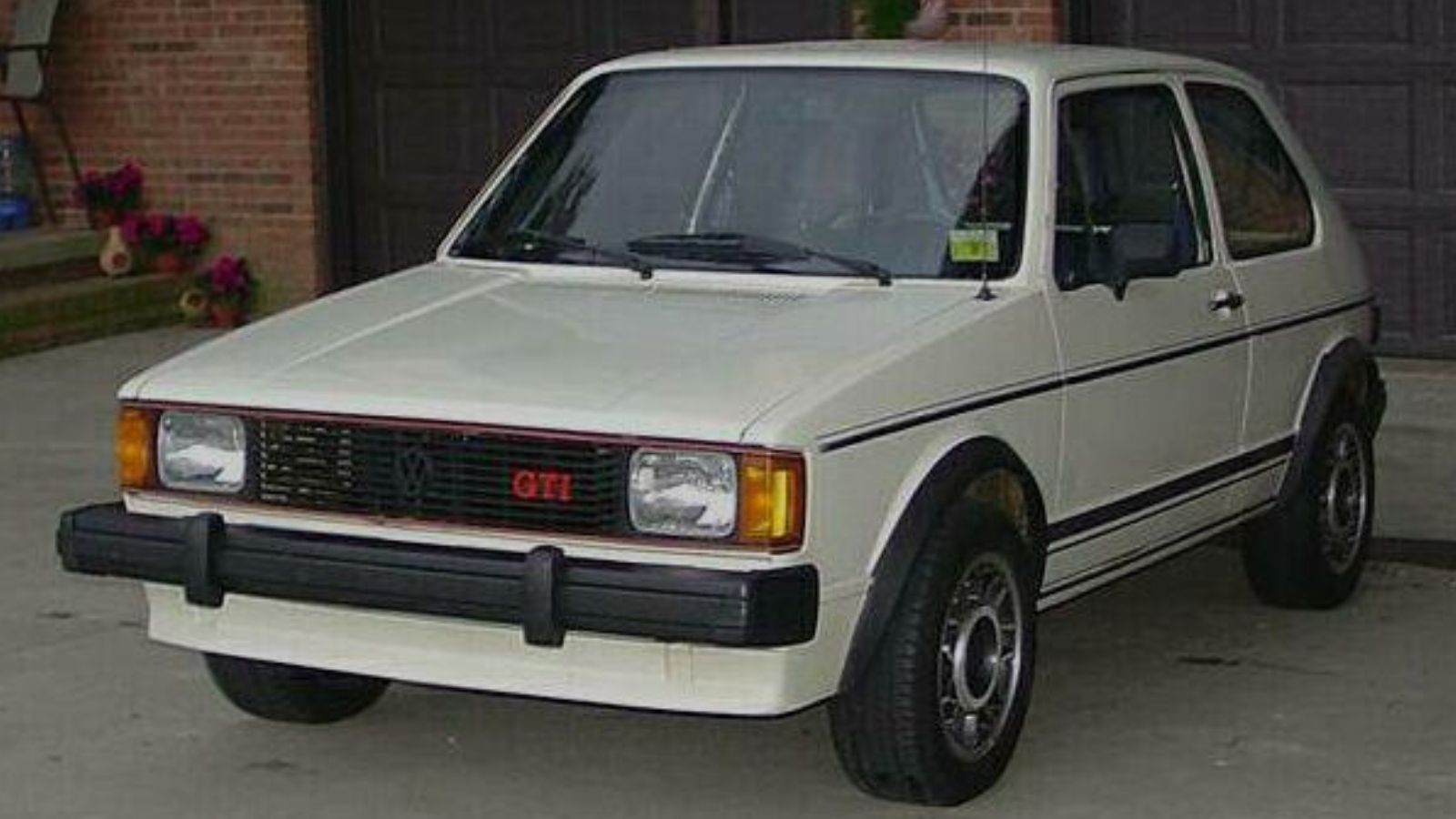
The Mk1 GTI is often called the car that invented the hot hatch. Powered by a 1.6 litre inline four, later upgraded to a 1.8, it made between 110 and 115 horsepower. On paper that doesn’t sound like much, but in a car weighing under 1,900 pounds, it was revolutionary. Its Bosch K-Jetronic fuel injection system delivered smooth throttle response, while the simple 1-3-4-2 firing order gave it a lively character. More importantly, it showed the world that a practical 4 cylinder car could also be fun, sparking a trend that still thrives today.
Mitsubishi Lancer Evolution (1992–2016)
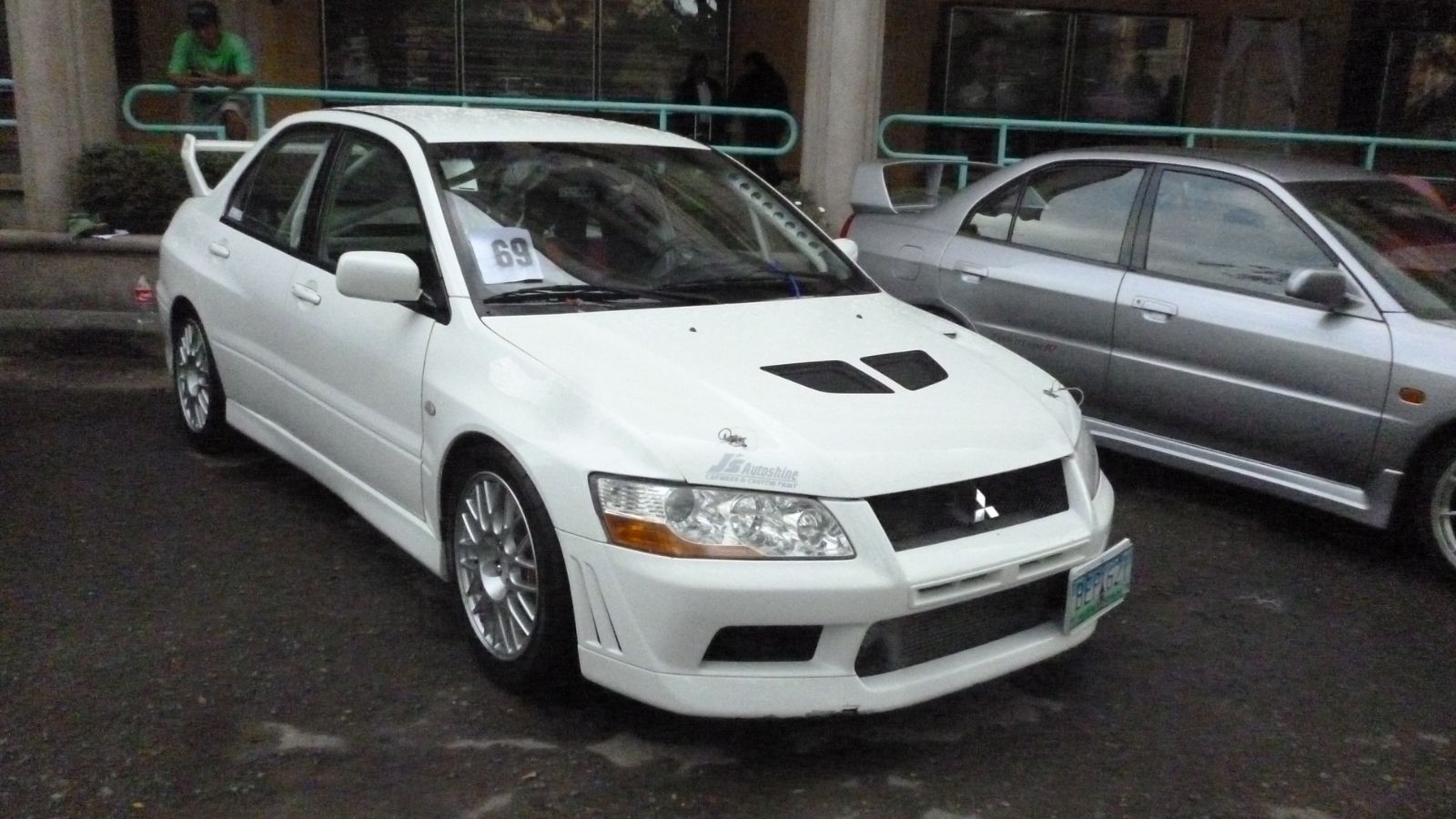
The Mitsubishi Evo is synonymous with the 4G63 engine. A 2.0 litre turbocharged four, it produced anywhere from 244 to over 300 horsepower depending on the generation. With forged internals, a square bore and stroke (85mm x 88mm), and firing order 1-3-4-2, it became legendary for both its durability and its ability to handle massive tuning potential. Coupled with Mitsubishi’s sophisticated all wheel drive and rally bred chassis, the Evo became one of the most feared 4 cylinder cars on the planet. In Canada, its ability to handle snow and ice as well as tarmac made it a cult favorite.
Subaru WRX STI (2004–2021)
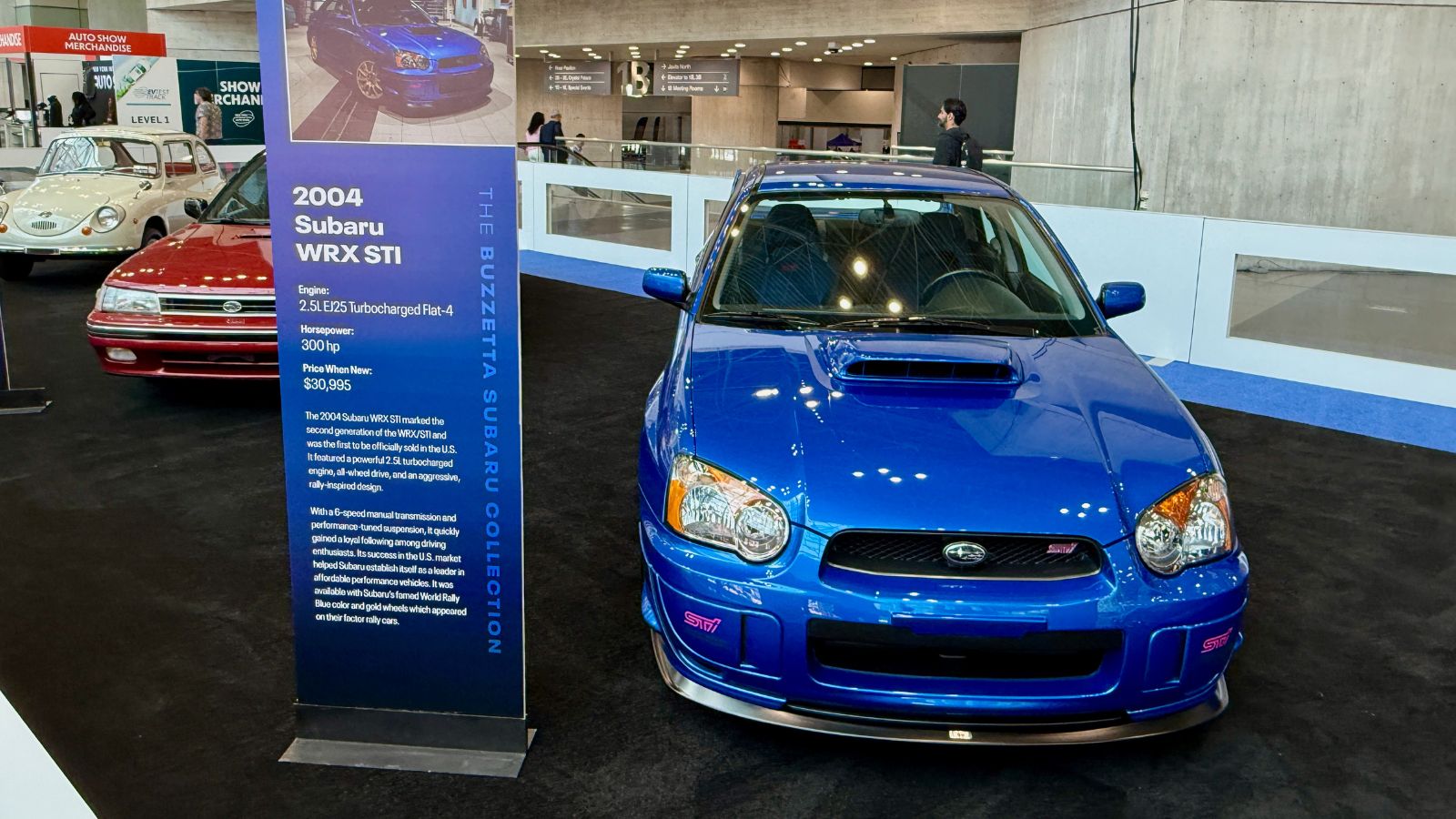
Subaru’s EJ25 turbocharged flat four powered the WRX STI through its golden years. Displacing 2.5 litres, it delivered around 300 horsepower in stock form, with a signature off beat burble thanks to unequal length headers. Its boxer configuration gave it a low center of gravity, perfect for rally stages and Canadian winter roads alike. While the EJ25 was sometimes fragile when heavily tuned, in stock form it offered endless character. For Canadian enthusiasts, it became a winter weapon with true motorsport credibility, proving that four cylinders could feel every bit as exciting as a V6 or V8.
Mazda MX-5 Miata (1989–Present)
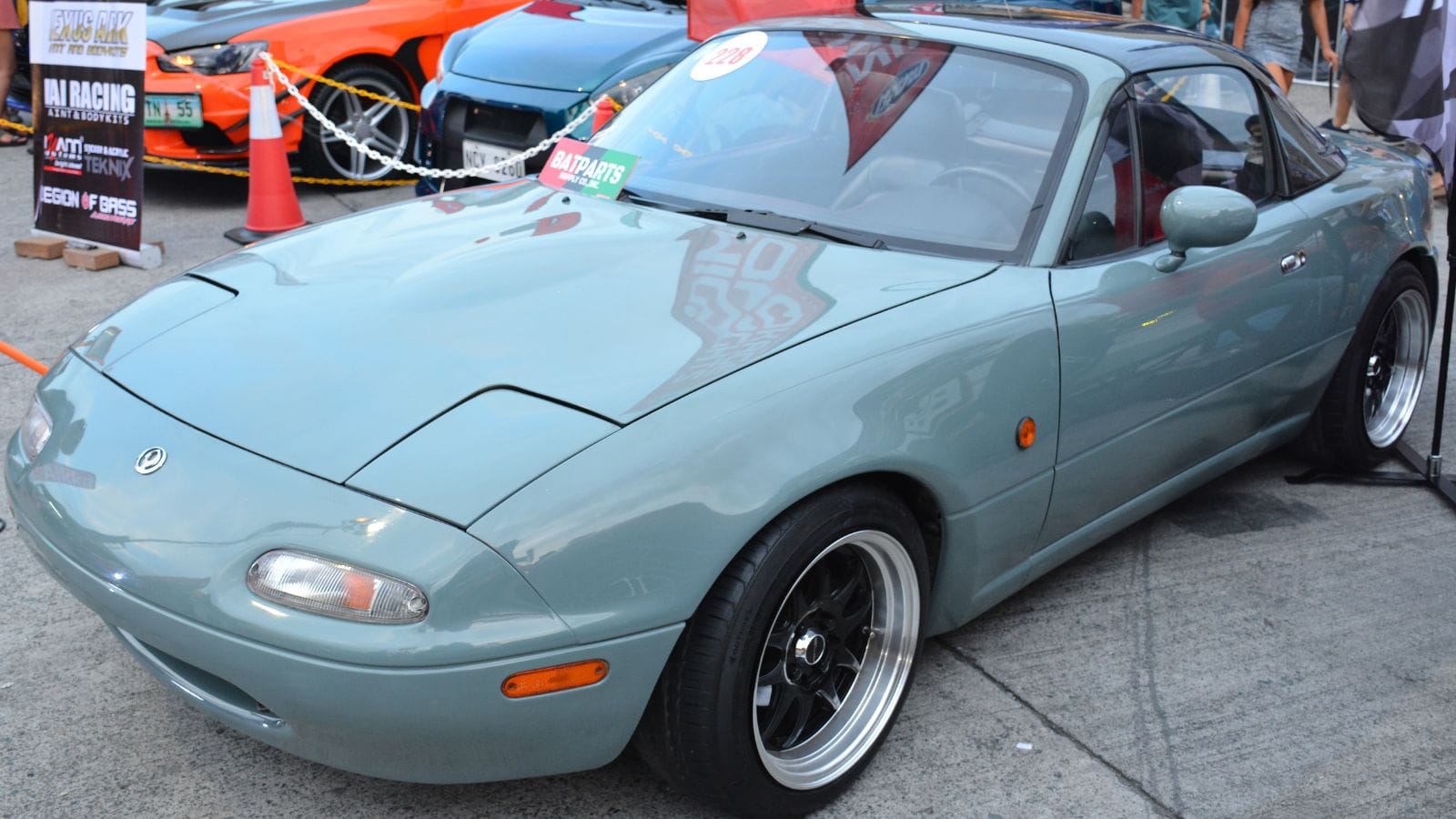
The Miata is proof that driving joy isn’t about raw horsepower. The original NA Miata came with a 1.6 litre four producing just 116 horsepower, later upgraded to a 1.8 with around 130 horsepower. With a firing order of 1-3-4-2 and double overhead cams, it was smooth, reliable, and free revving. What made it great wasn’t the numbers, but the way it paired perfectly with a lightweight chassis and slick gearbox. Later generations added more power—up to 181 horsepower in today’s ND—but the recipe never changed. The Miata’s 4 cylinder engines remain among the most beloved in automotive history.
Ford Model T (1908–1927)
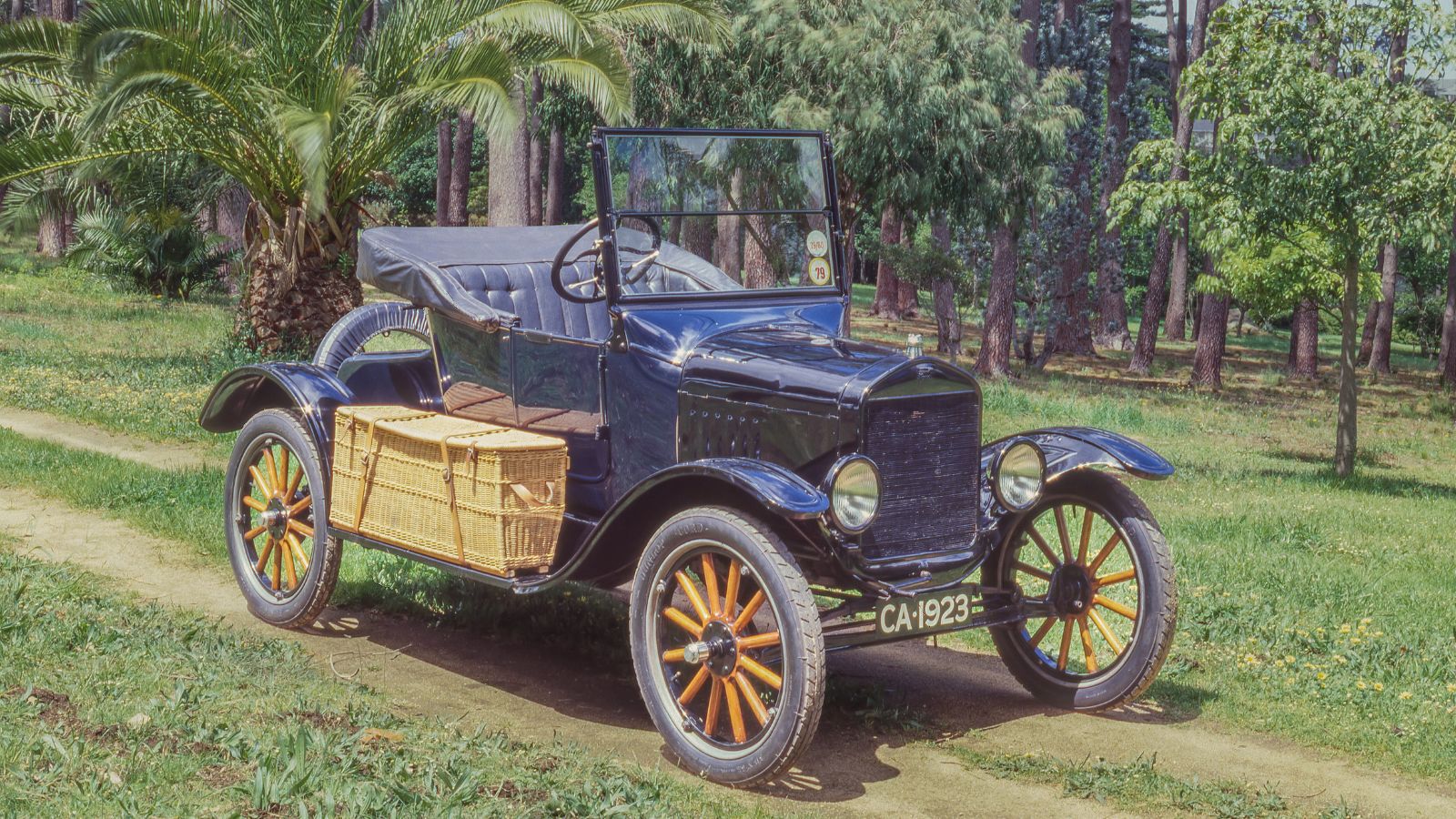
It may not be glamorous today, but the 2.9 litre four cylinder in the Ford Model T changed the world. With a firing order of 1-2-4-3, it produced just 20 horsepower, yet it was incredibly simple and tough. It ran on low quality fuel, could be repaired by farmers with basic tools, and survived Canada’s unforgiving winters when most early engines froze or cracked. More than 15 million were built, and the Model T’s 4 cylinder proved that an engine could be mass produced for the masses. Without it, cars might never have become affordable for ordinary Canadians.
Toyota Celica GT-Four (1986–1999)
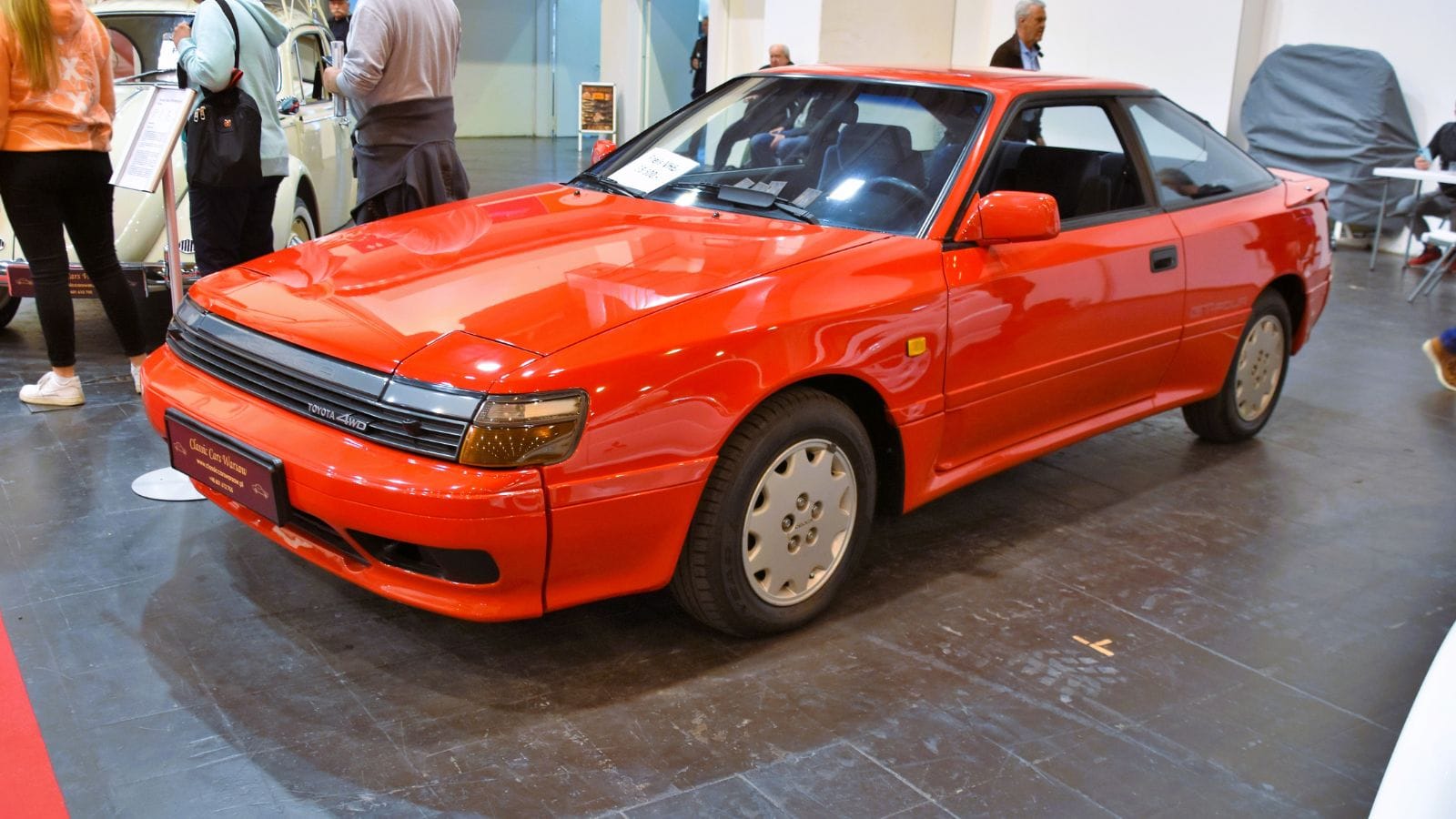
The Celica GT-Four featured Toyota’s 3S-GTE engine, a 2.0 litre turbocharged four that powered Toyota to multiple World Rally Championship victories. Depending on the generation, it produced between 190 and 255 horsepower, with a firing order of 1-3-4-2 and a reputation for incredible durability. Its all wheel drive system and robust turbo engine made it a favorite among rally fans and Canadian drivers looking for all season performance. Even today, imported GT-Fours remain highly sought after, proving the lasting appeal of Toyota’s turbocharged 4 cylinder.
Porsche 944 Turbo (1982–1991)
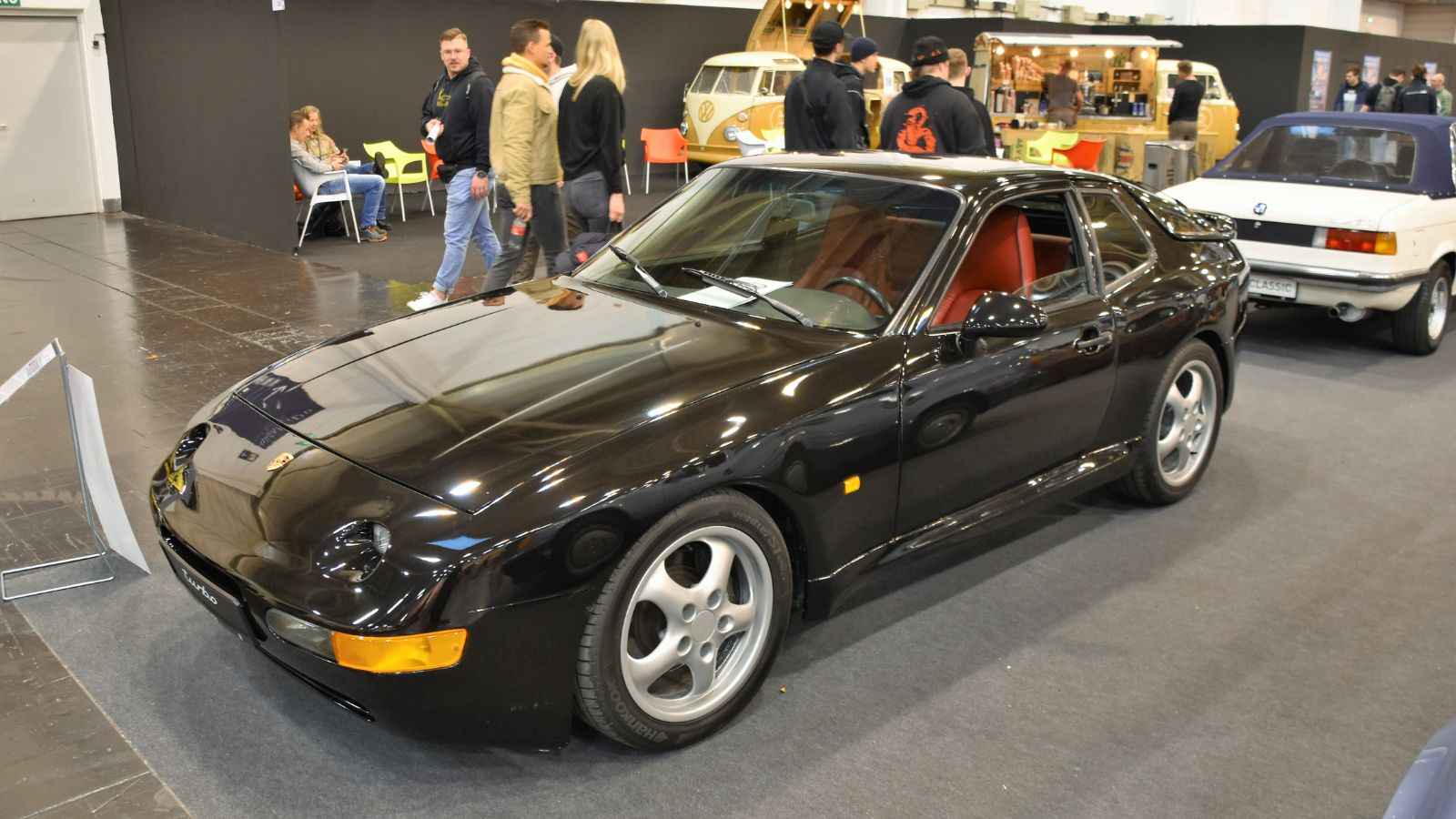
The 944 Turbo, also known as the 951, showed that Porsche could do wonders with a four cylinder. Its 2.5 litre turbocharged engine produced 217 horsepower at launch, later upgraded to 250 horsepower. With balance shafts designed by Mitsubishi, the engine was smooth despite its large displacement. The firing order of 1-3-4-2 gave it a distinctive rhythm, and the car’s near perfect weight distribution made it a handling masterpiece. For Canadian buyers, it offered a more affordable entry into Porsche ownership without sacrificing performance.
Honda S2000 (1999–2009)
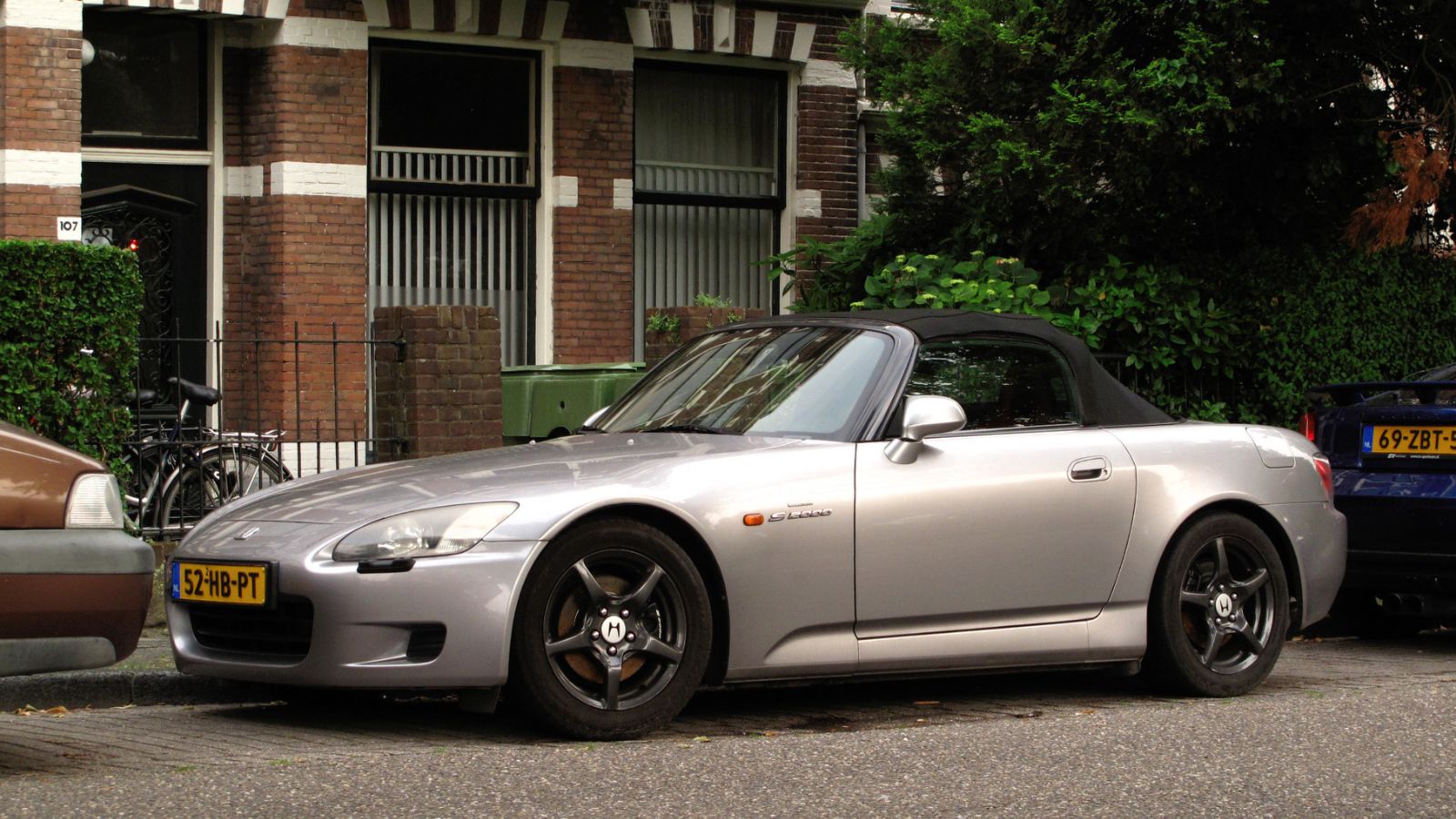
The Honda S2000’s F20C engine is one of the greatest naturally aspirated 4 cylinders ever built. At 2.0 litres, it produced 240 horsepower—120 horsepower per litre, a record for years. It revved to 9,000 rpm, with VTEC kicking in aggressively at high revs. The firing order of 1-3-4-2, combined with Honda’s precision engineering, made it feel more like a race engine than a road car. In Canada, where winding back roads and summer cruising are treasured, the S2000 became a legend. It showed that four cylinders could rival exotic cars in terms of excitement.
Alfa Romeo Giulia (2.0L Turbo, 2017–Present)
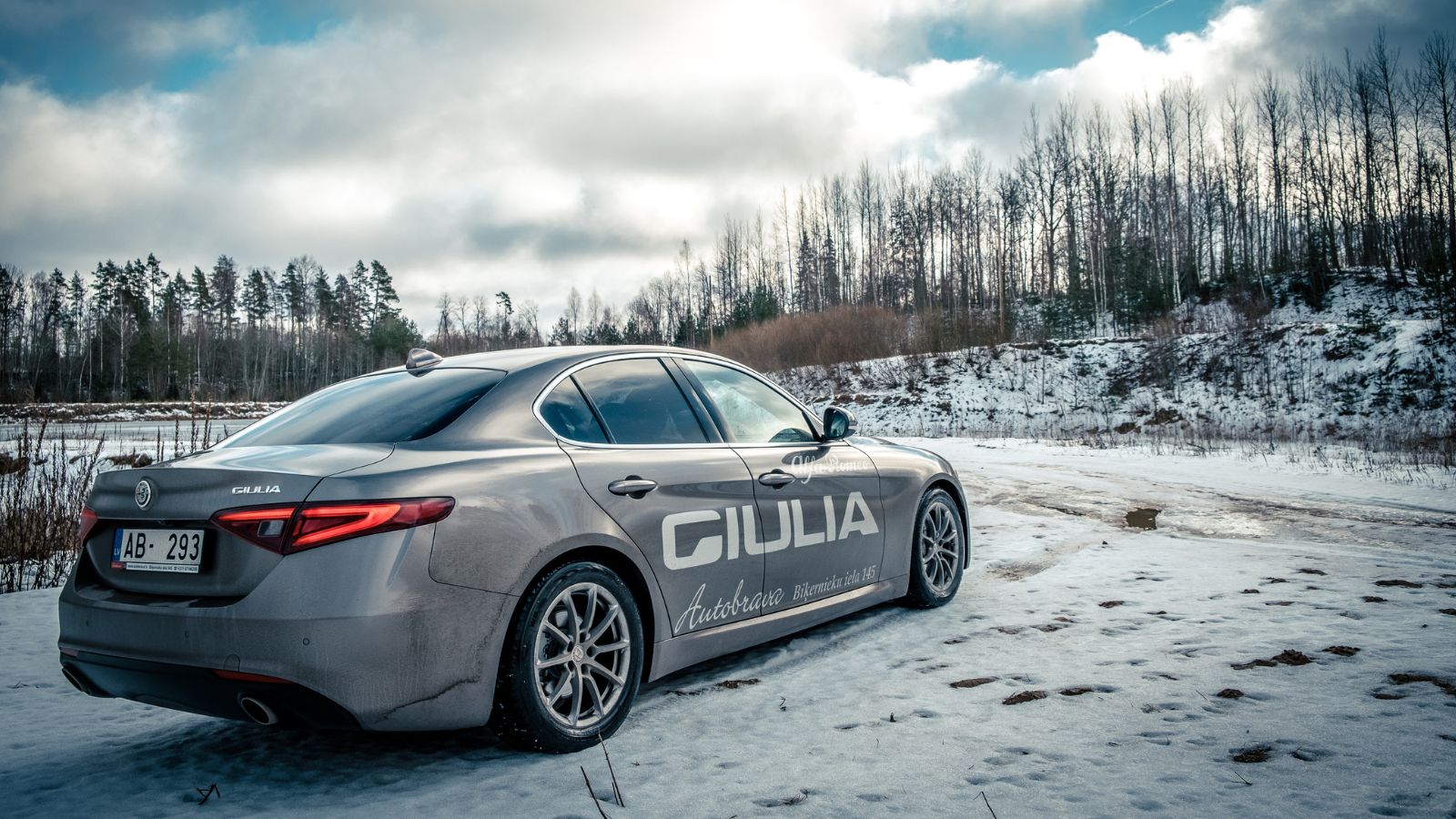
While the V6 Quadrifoglio gets headlines, the 2.0 litre turbocharged four cylinder in the standard Giulia deserves recognition. Producing 280 horsepower and 306 lb-ft of torque, it delivers sports sedan performance with efficiency. With a firing order of 1-3-4-2 and cutting edge turbo tech, it proves that modern 4 cylinders can be both powerful and refined. For Canadian buyers, it offers a taste of Italian flair without the price or fuel consumption of a six cylinder. It is one of the finest examples of how far 4 cylinder engines have come.
Why 4 Cylinders Still Matter
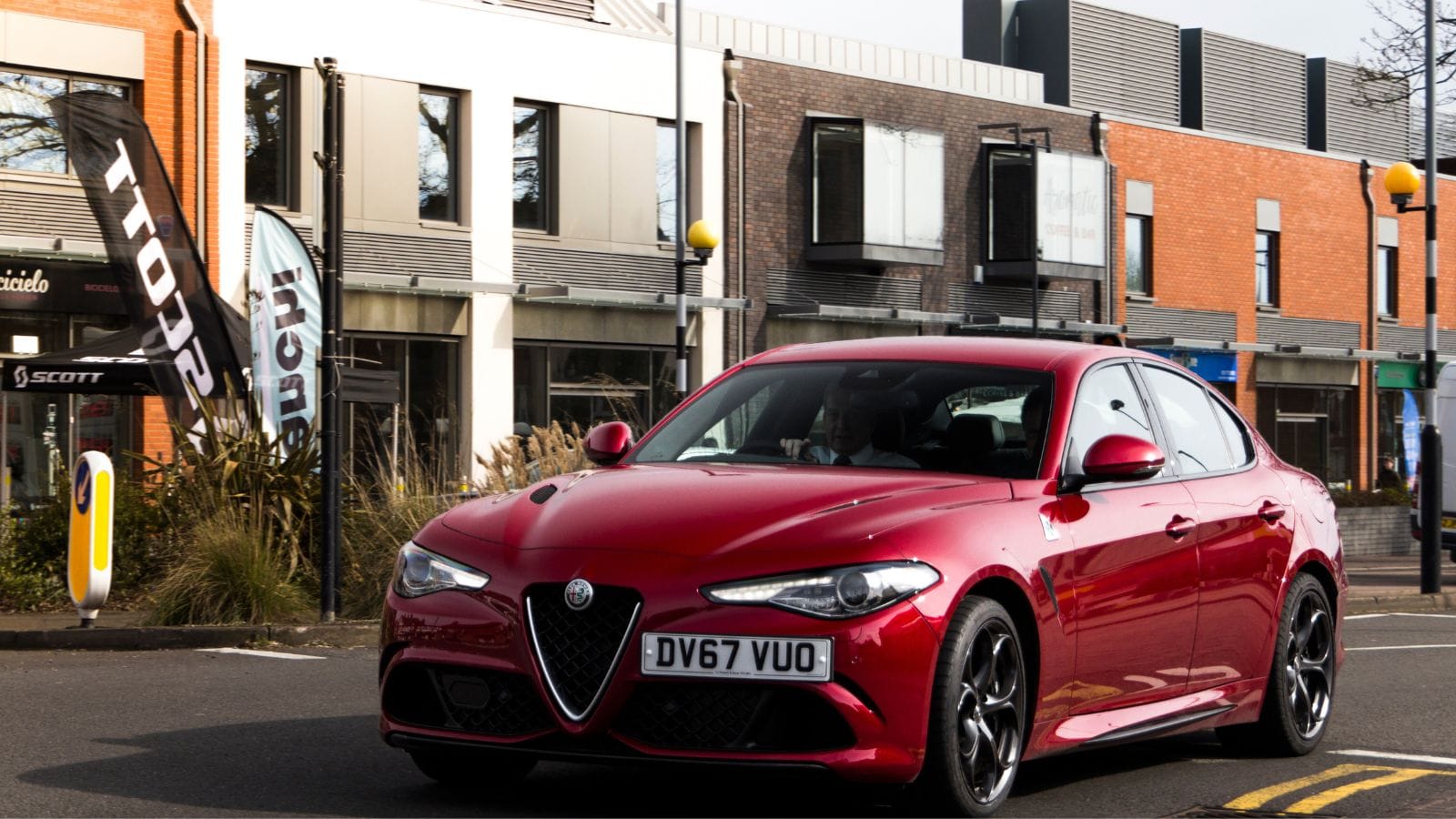
From the utilitarian Ford Model T to the screaming Honda S2000, 4 cylinder engines have proven they can do it all. They are light, efficient, and adaptable, able to power everything from family sedans to race winning rally cars. For Canadians, they also bring real world benefits—lower fuel costs, easier maintenance, and reliability in the harshest conditions. These ten cars prove that the 4 cylinder engine isn’t just a budget choice—it’s an engineering icon that continues to define some of the greatest vehicles ever made.
25 Facts About Car Loans That Most Drivers Don’t Realize

Car loans are one of the most common ways people fund car purchases. Like any other kind of loan, car loans can have certain features that can be regarded as an advantage or a disadvantage to the borrower. Understanding all essential facts about car loans and how they work to ensure that you get the best deal for your financial situation is essential. Here are 25 shocking facts about car loans that most drivers don’t realize:
25 Facts About Car Loans That Most Drivers Don’t Realize
